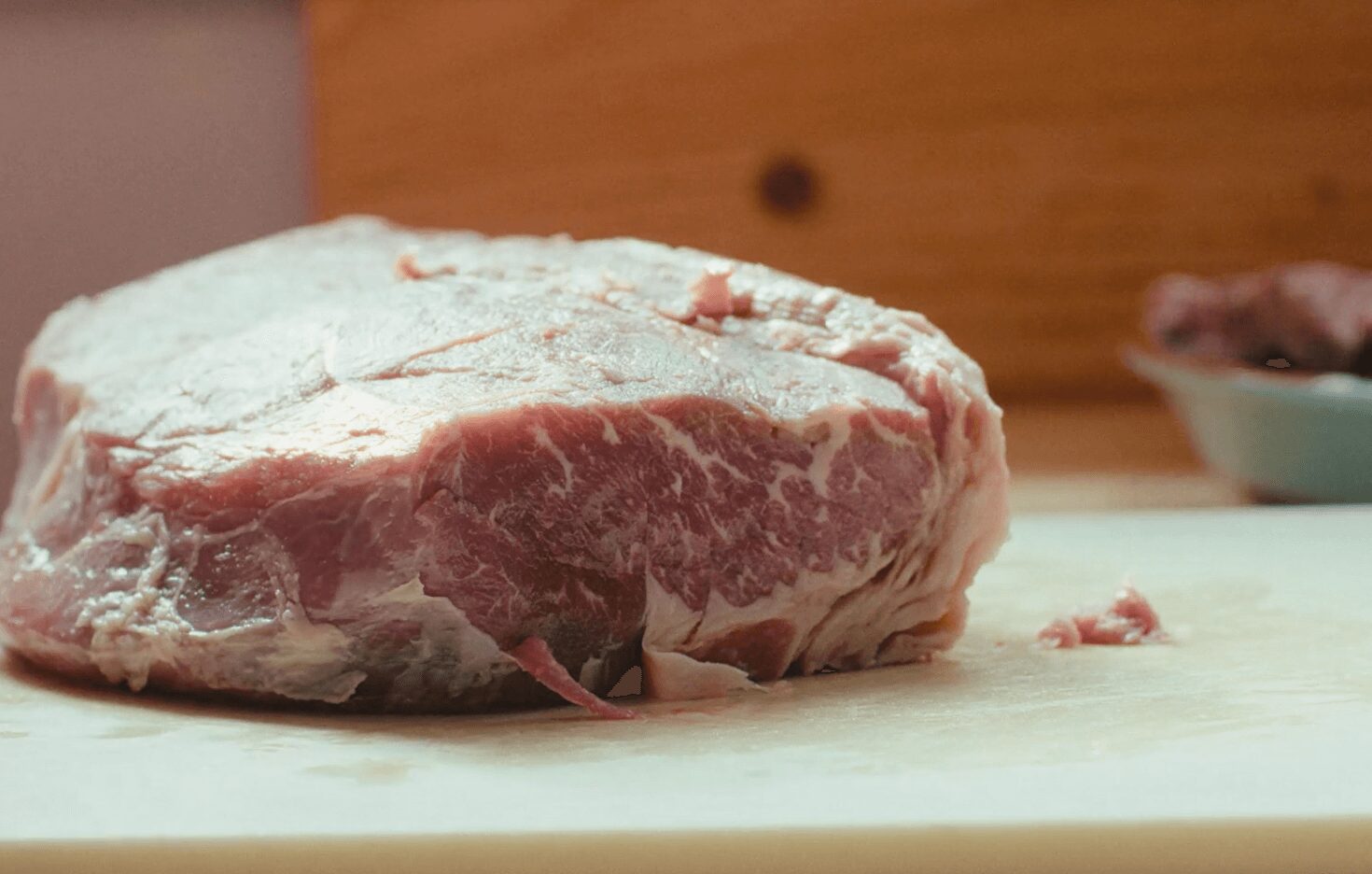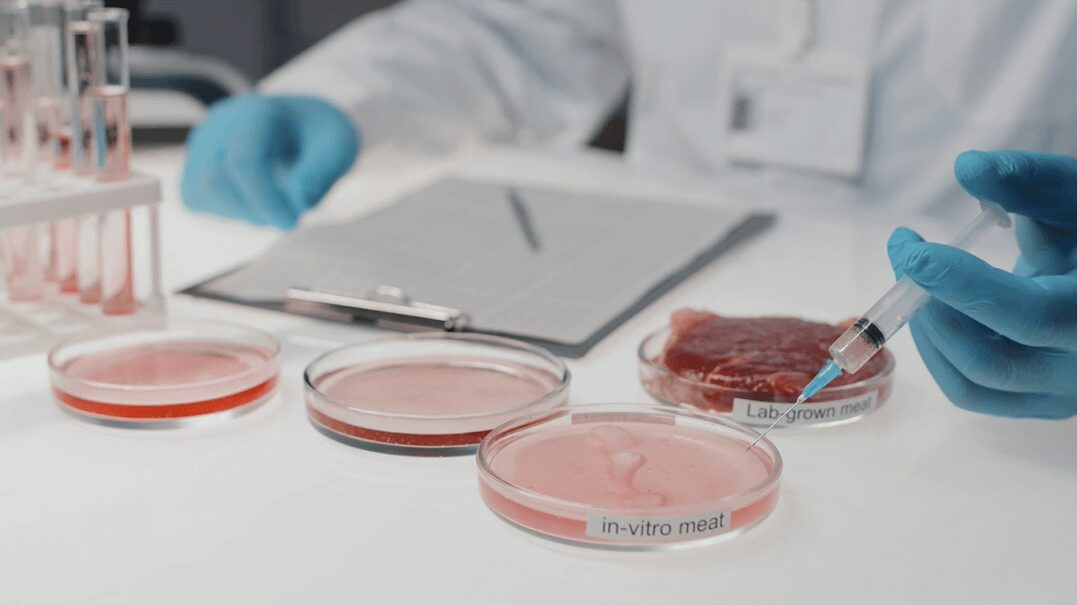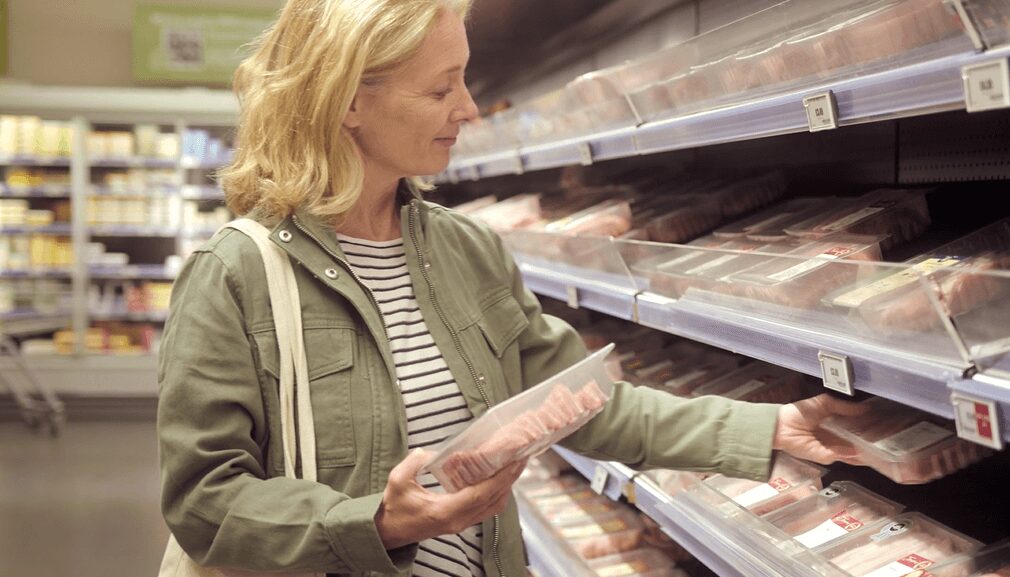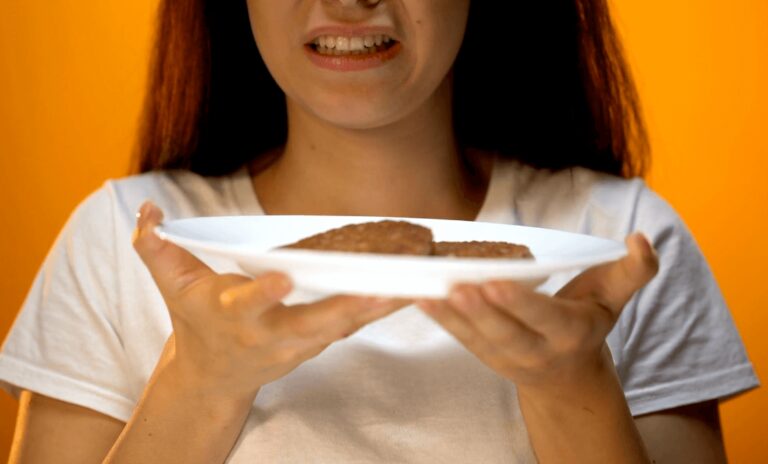The primary cause of spoiled meat is heat exposure. When meat is stored at temperatures above 40°F (4°C), it creates an ideal environment for bacteria to grow rapidly. The bacterial growth, involving pathogens such as Salmonella, E. coli, and Listeria, leads to spoilage. Proper storage at cooler temperatures, good hygiene, and correct packaging are essential to keep it safe and fresh.
This article explores why heat is the main culprit in meat spoilage and provides practical tips to prevent it.
Heat Exposure

Heat exposure is the main cause of spoilage because it encourages bacteria to grow quickly.
Here’s how heat affects meat:
Bacterial Growth
- Temperature Sensitivity: Bacteria like Salmonella, E. coli, and Listeria multiply rapidly at temperatures above 40°F (4°C). In these conditions, bacteria can double in number every 20 minutes.
- Signs of Spoilage: As bacteria grow, they produce waste that changes the texture, smell, and appearance, signaling spoilage.
Breakdown of Meat
- Quick Deterioration: Heat speeds up the natural processes that break down proteins and fats, causing them to spoil faster.
- Loss of Quality: High temperatures can make meat lose its firm texture and good flavor. It may become discolored, slimy, and smelly.
Dangerous Bacteria
- Heat-Resistant Bacteria: Some harmful bacteria can survive and grow at higher temperatures, making it unsafe to eat.
- Health Risks: These bacteria can cause serious food poisoning, so proper storage and handling are very important.
Proper Storage
- Refrigeration: Keeping it below 40°F (4°C) slows down bacterial growth and keeps the meat fresh longer.
- Airtight Packaging: Using airtight containers helps prevent exposure to bacteria and moisture, keeping the meat safe.
- Immediate Cooling: It should be cooled right after slaughter to stop bacteria from growing and to maintain its quality.
Dirt and Moisture

Dirt and moisture are significant contributors to the spoilage of meat. Here’s how they impact the quality and safety of meat products:
Contamination from Dirt
- Introduction of Bacteria: Dirt and debris on the surface can introduce harmful bacteria and pathogens. These contaminants can rapidly multiply, especially in moist environments, leading to spoilage and health risks.
- Cross-Contamination: Dirt can transfer bacteria to clean surfaces and other food items, increasing the risk of widespread contamination and spoilage.
Impact of Moisture
- Ideal Conditions for Bacteria: Moisture creates an environment where bacteria thrive. High humidity levels, combined with organic matter from dirt, provide the perfect conditions for bacterial growth.
- Mold Formation: Excess moisture can also promote mold growth, leading to visible discoloration and the development of off-flavors and odors. Moldy products often appear fuzzy or slimy, indicating advanced spoilage.
Storage Challenges
- Humidity Control: Controlling moisture levels during storage is crucial, especially in humid climates or poorly ventilated environments. Proper storage practices can help mitigate these risks.
- Airtight Packaging: Using airtight containers helps prevent the introduction of dirt and limits exposure to moisture, protecting the product from spoilage.
Bacteria Spoiled Meat

Bacteria are a major factor in the spoilage of food. Here’s how bacteria cause spoilage, how to recognize it, what to do if you encounter it, and the steps to take if someone consumes spoiled food:
How Bacteria Cause Spoilage
Bacteria such as Salmonella, E. coli, and Listeria thrive in warm environments. When food is not stored properly, these bacteria can multiply quickly, producing toxins and waste products that cause spoilage.
Recognizing Spoiled Food
- Odor: Spoiled food often emits a sour, rancid, or putrid smell due to bacterial activity.
- Texture and Appearance: The texture can become slimy or sticky, and discoloration such as green or brown spots may appear. Mold, which appears as fuzzy patches, also indicates spoilage.
Handling Spoiled Food
- Disposal: If you detect signs of spoilage, it is safest to discard the food immediately. Consuming spoiled food can lead to severe health risks.
- Cleaning: Thoroughly clean and sanitize any surfaces, utensils, or containers that come into contact with the spoiled item to prevent cross-contamination.
Preventing Spoilage
- Proper Storage: Store food below 40°F to slow bacterial growth. Ensure your refrigerator is set to the correct temperature and regularly check it with a thermometer.
- Airtight Packaging: Use airtight containers to keep food fresh and prevent bacterial contamination. Proper packaging also helps maintain the quality and extends the shelf life.
- Immediate Cooling: Cool food promptly after cooking or purchasing to inhibit bacterial growth. Quick cooling is essential for maintaining safety.
What to Do if Someone Eats Spoiled Food
- Recognize Symptoms: Symptoms of food poisoning include nausea, vomiting, diarrhea, stomach cramps, and fever. These symptoms can appear within hours or days after consumption.
- Seek Medical Attention: If symptoms are severe or persistent, seek medical help immediately. Dehydration from vomiting and diarrhea can be dangerous and may require professional treatment.
- Stay Hydrated: Drink plenty of fluids to stay hydrated. Oral rehydration solutions can help replace lost electrolytes.
Some Meats Will Spoil Faster
| Type of Meat | Spoilage Rate |
|---|---|
| Poultry (Chicken, Turkey) | Fast |
| Ground Meat (Beef, Pork, Chicken) | Fast |
| Seafood (Fish, Shellfish) | Very Fast |
| Red Meat (Beef, Lamb) | Moderate |
| Pork | Moderate |
| Processed Meats (Sausages, Ham) | Slow |
Poultry (Chicken, Turkey)
Spoilage Rate: Fast
Poultry has a high water content and is often contaminated with bacteria such as Campylobacter and Salmonella. These bacteria thrive in the moist environment of poultry, leading to rapid spoilage. It is crucial to store poultry at temperatures below 40°F (4°C) and to consume or freeze it within 1-2 days of purchase.
Ground Meat (Beef, Pork, Chicken)
Spoilage Rate: Fast
Ground meat has an increased surface area exposed to air, which accelerates bacterial growth. This makes it more susceptible to spoilage compared to whole cuts of meat. Ground meat should be refrigerated and consumed within 1-2 days or frozen immediately to prevent spoilage.
Seafood (Fish, Shellfish)
Spoilage Rate: Very Fast
Seafood, including fish and shellfish, has a high water content and often contains psychrophilic bacteria that can grow at refrigeration temperatures. These factors contribute to the rapid spoilage of seafood. It is recommended to store seafood at temperatures close to 32°F (0°C) and consume it within 1-2 days.
Red Meat (Beef, Lamb)
Spoilage Rate: Moderate
Red meat, such as beef and lamb, has a lower water content compared to poultry and seafood. This slows down bacterial growth and spoilage. Red meat can be stored in the refrigerator for 3-5 days and in the freezer for several months.
Pork
Spoilage Rate: Moderate
Pork has an intermediate water content and fat composition, leading to a moderate spoilage rate. It can be stored in the refrigerator for 3-5 days and in the freezer for several months.
Processed Meats (Sausages, Ham)
Spoilage Rate: Slow
Processed meats contain preservatives such as nitrates and have lower water activity, which slows down bacterial growth and spoilage. These meats can often be stored in the refrigerator for a week or more, depending on the type and packaging.
Tips for Buying Fresh and Safe Meat

- Check the Color: Red Meat: Should be dark, ranging from purple to red. If it’s brown, it has been exposed to oxygen but is still safe to eat. Poultry: Should range from blue-white to yellow, depending on diet. Pork: Should be light blushing pink.
- Smell: Fresh meat should not have a pungent odor. If it smells rotten or off, avoid it.
- Look for Clean Cuts: Good quality meat should have smooth, uniformly sized cuts. Avoid meat with jagged edges.
- Meat Texture: It should be firm and dense. Avoid meat that is slimy or sticky.
- Check Fat Distribution: Marbling (white flecks and streaks of fat) indicates juicier and more tender meat.
- Sell-by and Use-by Dates: Ensure meat has a good sell-by date if you’re not cooking immediately, and always consume by the use-by date for safety.
- Packaging: Look for undamaged, clean packaging as it indicates better handling and storage.
- Ask Your Butcher: Don’t hesitate to ask for advice. Butchers can provide valuable insights into the best cuts and freshest options.
The Bottom Line
Heat exposure is the primary cause of meat spoilage due to its role in promoting rapid bacterial growth. Proper storage at temperatures below 40°F (4°C), good hygiene practices, and appropriate packaging are essential measures to prevent spoilage.
Additionally, managing dirt and moisture levels, recognizing signs of spoilage, and handling meat safely are crucial steps in ensuring meat quality and safety. By following these guidelines, consumers can effectively reduce the risk of spoilage and enjoy fresh, safe meat products.

